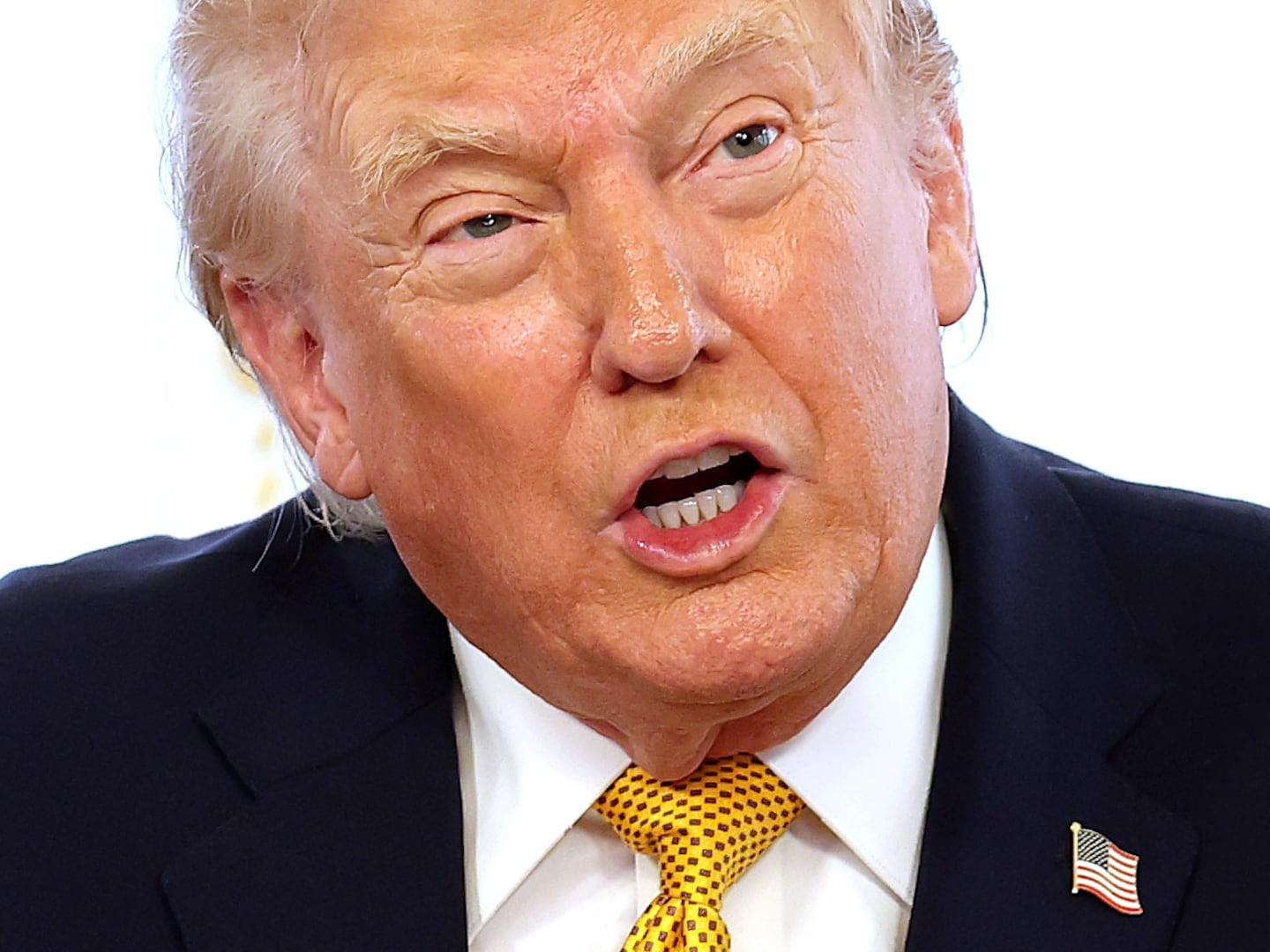Every year, starting around November, influenza virus sweeps across the United States. And every year doctors and public health officials urge citizens to get their influenza vaccine.
For several reasons, influenza is arguably humankind’s most heinous and most burdensome infection. First, the virus kills more people than all other vaccine-preventable diseases combined; as many as 50,000 people succumb to influenza in the United States every year. Second, influenza virus mutates so much from one year to the next that preventing it requires a yearly vaccine; neither immunization nor natural infection the previous year protects against disease the following year. Third, because the Centers for Disease Control and Prevention (CDC) recommends the influenza vaccine for everyone more than 6 months of age, the health system is burdened with immunizing hundreds of millions of people every year. Finally, although the influenza vaccine is the best tool available to prevent the disease, it’s less effective than any other vaccine. Last year’s influenza vaccine is a perfect example.
The 2016-2017 influenza vaccine reduced out-patient visits by only 42 percent and was progressively less effective in older age groups. For children 6 months to 8 years of age, the vaccine reduced the incidence of influenza by 61 percent; for children 9 to 17 years old, by 35 percent; and for adults more than 65 years old, by 25 percent. Although 25 to 61 percent protection is better than 0 percent, the fact remains that most people more than 8 years old who received the influenza vaccine weren’t protected against the disease.
Last year’s influenza vaccine also wasn’t particularly good at preventing severe influenza infections, reducing hospitalizations by 30 percent for those more than 18 years old and 37 percent for those more than 65. Again, a 30 to 37 percent reduction in hospitalizations is better than 0 percent, but the public would be better served by a better vaccine.
A number of explanations have been offered to account for the influenza vaccine’s weaknesses. One is true; one is unlikely; two will surprise you.
(1) The vaccine viruses don’t match the viruses that cause disease.
Several different types of influenza virus cause disease. To determine which ones to include in a yearly vaccine, researchers isolate the strains that are circulating in South America. These strains typically sweep up into the United States and cause yearly epidemics. Sometimes, however, the strains of influenza virus circulating in South America mutate before they enter the United States. Public health officials refer to this as a “bad-match year.” The 2014-2015 influenza season, for example, was a such a year; protection afforded by the vaccine was abysmal.
Although the 2016-2017 influenza vaccine wasn’t highly effective, the circulating strains matched the strains in the vaccine. It wasn’t a bad match year. What, then, explains the poor performance?
(2) Circulating influenza viruses escape under pressure from the vaccine.
People who fear that vaccines might be doing more harm than good occasionally offer this explanation. The process of vaccination, they argue, is creating superstrains that have become resistant to the vaccine. The logic is as follows. Vaccination induces antibodies against the virus. These antibodies select for a minority, resistant population of viruses that become dominant. While these new viruses, called escape mutants, do occur, they are actually less fit, less hardy, and less capable of causing disease. Said another way, escape mutants aren’t superstrains. So they don’t appear to explain the influenza vaccine’s failures.
(3) The vaccine viruses mutate during manufacture
This is a possibility that most people don’t know about.
To make a yearly vaccine, the influenza viruses that are circulating in South America are grown in eggs, where the viruses reproduce themselves again and again. Sometimes, while the viruses are growing in the eggs, they mutate. Some influenza virus researchers believe that these subtle changes that occur during manufacture accounted for the poor performance found during the 2016-2017 season.
Not all influenza vaccines, however, are made in eggs. One vaccine, FluBlok, is made using recombinant DNA technology. The final product, which is a single influenza protein called the hemagglutinin, is exactly what it was when it started—no mutations. Recent data support the notion that FluBlok performed better than vaccines made in eggs in people greater than 50 years of age. That’s the good news. The bad news is that immunity induced by FluBlok was indistinguishable from that induced by egg-based vaccines in people 18 to 49 years old. Although FluBlok is an advance, it didn’t solve the problem with influenza vaccines.
(4) The child’s first infection or first vaccination negatively influences the response to future vaccination.
This explanation is the most worrisome and probably the hardest to understand. After a child’s first influenza infection or first influenza vaccination, the immune system is primed to see these exact same viruses again. When people are later exposed to influenza viruses that are similar but not identical to those first encountered, they will often respond as if they are being exposed to the original strains, without recognizing the subtle differences in the new strains. Because immunological components are called antigens, this phenomenon is called “original antigenic sin.”
The phenomenon of original antigenic sin was in full view during the 2013-2014 season. Middle-aged people were particularly hard hit during that epidemic. This age group had been exposed to a similar but not identical influenza virus when they were children. So their immune response to the vaccine missed the subtle changes in the new strain that was causing disease.
The solution to all of these problems is simple but, at least to date, has been difficult to achieve—develop a universal influenza vaccine; one that doesn’t fall victim to the yearly mutations in the virus. To do this, scientists need to identify immunological regions on influenza virus that are shared among all circulating strains independent of whether they have mutated. Researchers have been trying to accomplish this feat—the Holy Grail of influenza vaccines—for more than four decades, so far without success. But they’re not giving up. Dr. Anthony Fauci, director of the National Institute of Allergy and Infectious Diseases, is committed to continuing the effort. “I’m going to make universal influenza vaccine my top priority over the next couple years,” he said. “We’ve got to do better.”
Until that time, influenza virus will remain an elusive enemy.
Paul A. Offit, MD, is a professor of pediatrics and director of the Vaccine Education Center at the Children’s Hospital of Philadelphia. His most recent book is Pandora’s Lab: Seven Stories of Science Gone Wrong (National Geographic Press, April 2017).






